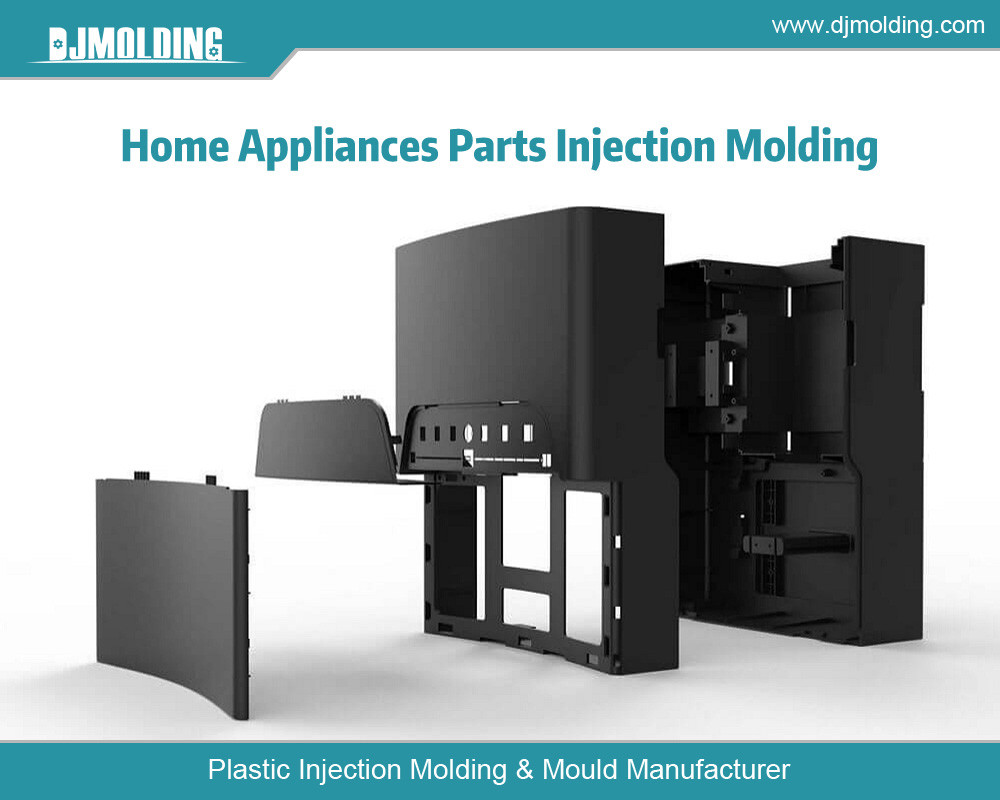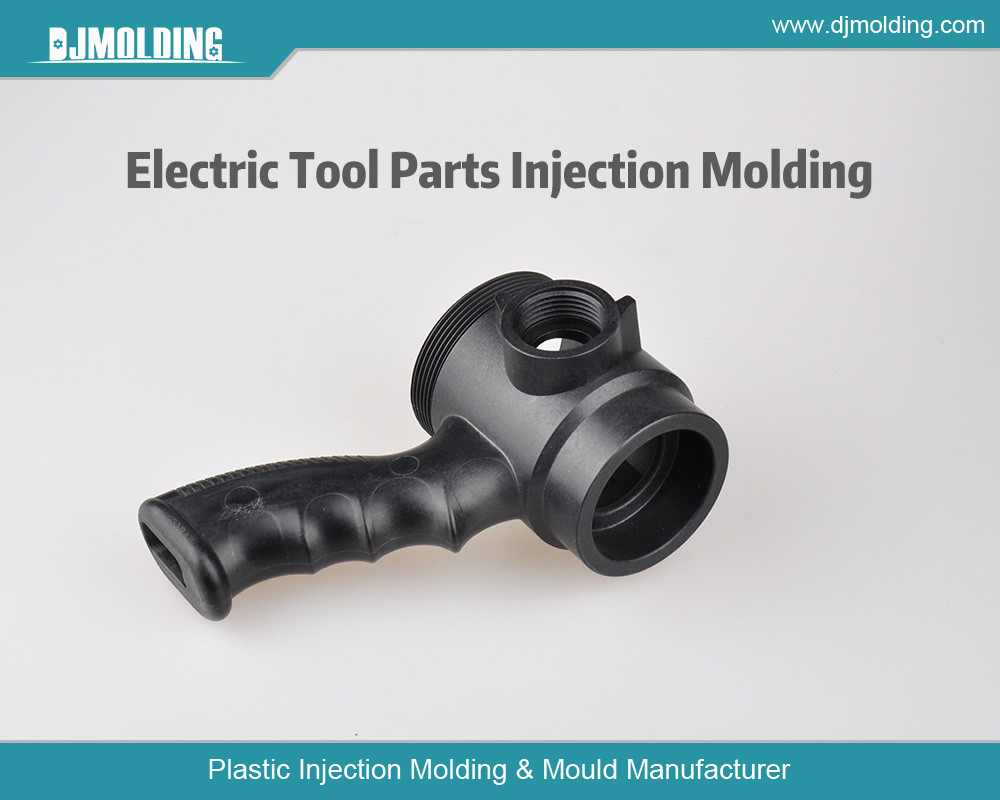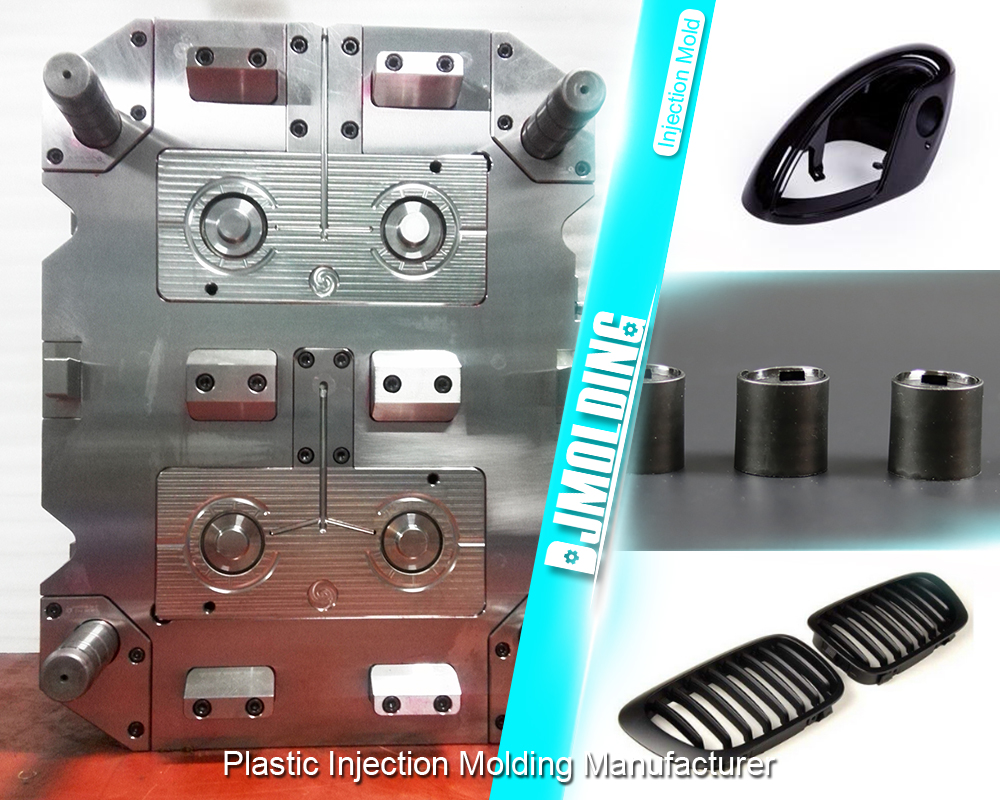UV Resistant Plastics Options For Injection Molding
UV Resistant Plastics Options For Injection Molding
The selection of materials is crucial in manufacturing and product development, especially when considering environmental factors such as ultraviolet (UV) radiation. UV rays can degrade many plastics, leading to discoloration, loss of strength, and eventual product failure. Choosing UV-resistant plastics is essential for industries where products are exposed to sunlight or other sources of UV radiation. This article explores various UV-resistant plastics options suitable for injection molding, examining their properties, applications, advantages, and limitations.

Understanding UV Resistance in Plastics
What is UV Radiation?
Ultraviolet radiation is part of the electromagnetic spectrum, primarily from the sun. It is categorized into three types: UVA, UVB, and UVC. While UVC is mainly absorbed by the Earth’s atmosphere, UVA and UVB rays can penetrate through and affect materials on the surface.
The Impact of UV Radiation on Plastics
When plastics are exposed to UV radiation, they undergo photodegradation. This leads to:
- Discoloration: The most noticeable effect, often resulting in yellowing or fading of color.
- Loss of Mechanical Properties: UV exposure can weaken the material, reducing tensile strength and increasing brittleness.
- Surface Damage: Cracking, chalking, and the formation of surface defects can occur.
To combat these issues, manufacturers have developed various UV-resistant plastics, often achieved through additives, coatings, or the selection of inherently resistant materials.
Types of UV Resistant Plastics
Polycarbonate (PC)
Properties: Polycarbonate is a high-performance plastic known for its exceptional impact resistance and clarity. It can withstand extreme temperatures and has good dimensional stability.
UV Resistance: Polycarbonate can be treated with UV stabilizers or coatings that enhance its resistance to UV radiation. These treatments can significantly improve its longevity when used outdoors.
Applications: Commonly used in eyewear lenses, safety glasses, automotive parts, and outdoor signage. Its high transparency makes it suitable for applications requiring clarity, such as greenhouse panels.
Advantages:
- High impact resistance
- Excellent optical clarity
- Good thermal stability
Limitations:
- Susceptible to scratching without additional coatings
- It can be more expensive than other plastics
Acrylonitrile Butadiene Styrene (ABS)
Properties: ABS is a tough thermoplastic known for its strength and ease of processing. It has a good balance of rigidity and toughness.
UV Resistance: While ABS is not inherently UV-resistant, it can be modified with additives to improve its stability. These additives can help reduce discoloration and maintain mechanical properties under UV exposure.
Applications: Used in consumer goods, automotive parts, and electronic housings. It’s popular in applications where a good finish is required, as it can be easily painted or coated.
Advantages:
- Good strength and toughness
- Easy to process and fabricate
- Cost-effective
Limitations:
- Requires UV stabilizers for outdoor use
- Limited heat resistance compared to other plastics
Polypropylene (PP)
Properties: Polypropylene is a versatile thermoplastic known for its low density and excellent chemical resistance. It has a high melting point and is resistant to fatigue.
UV Resistance: Similar to ABS, polypropylene is not naturally UV-resistant but can be enhanced with UV stabilizers and antioxidants to improve its durability when exposed to sunlight.
Applications: Widely used in packaging, automotive components, and outdoor furniture. It’s favored in applications that require lightweight materials.
Advantages:
- Excellent chemical resistance
- Lightweight and cost-effective
- Good fatigue resistance
Limitations:
- Limited impact resistance compared to polycarbonate
- Requires additives for UV stability
Polyethylene (PE)
Properties: Polyethylene is one of the most widely used plastics, available in various densities (HDPE, LDPE). It is known for its toughness and flexibility.
UV Resistance: While standard polyethylene is susceptible to UV degradation, there are formulations (like UV-stabilized HDPE) that incorporate UV absorbers and stabilizers to enhance its resistance to UV light.
Applications: UV-stabilized polyethylene is commonly used in containers, pipes, and outdoor furniture. It is often used in harsh environments for applications requiring durability.
Advantages:
- Highly versatile and cost-effective
- Good chemical resistance
- Available in various densities
Limitations:
- Limited mechanical strength compared to other engineering plastics
- Standard grades can degrade rapidly in sunlight without stabilizers
Polyvinyl Chloride (PVC)
Properties: PVC is a solid and durable plastic that can be flexible or rigid. It is widely used in construction and consumer goods.
UV Resistance: Rigid PVC has good UV stability, while flexible PVC may require additional UV stabilizers to prevent degradation. Coatings can also enhance UV resistance.
Applications: Used in construction materials (like pipes and siding), electrical cable insulation, and flooring. UV-stabilized PVC is standard in outdoor applications.
Advantages:
- Excellent weather ability
- Good chemical resistance
- Cost-effective
Limitations:
- Can become brittle with prolonged UV exposure without proper additives
- May release harmful chemicals during degradation
Polyurethane (PU)
Properties: Polyurethane is a versatile polymer that can be formulated to be either rigid or flexible, offering a range of mechanical properties.
UV Resistance: While polyurethane is not inherently UV-resistant, various additives and coatings can improve its performance in UV exposure, making it suitable for outdoor applications.
Applications: Polyurethane is used in foams, coatings, elastomers, and sealants. UV-resistant polyurethane coatings are often applied to surfaces exposed to sunlight.
Advantages:
- Good abrasion resistance
- Versatile formulation options
- It can provide a rigid and flexible finish
Limitations:
- Performance can vary significantly based on the formulation
- Some types may degrade faster than others under UV exposure
Factors to Consider When Choosing UV-Resistant Plastics
- Application Requirements: Consider the end use of the product, including exposure to UV light, mechanical stresses, and temperature variations.
- Processing Method: Ensure the selected material is compatible with the injection molding process. Some plastics may require specific processing conditions or techniques.
- Cost Considerations: Evaluate the budget for materials. While some UV-resistant plastics may have higher upfront costs, their longevity and performance can provide long-term savings.
- Environmental Impact: Consider the environmental implications of the chosen material, including recyclability and the potential for toxic emissions during degradation.
- Additives and Coatings: Assess the availability and compatibility of UV stabilizers or coatings that enhance the material’s resistance to UV radiation.
Case Studies
Case Study 1: Outdoor Furniture Manufacturing
An outdoor furniture manufacturer faced issues with fading and becoming brittle due to prolonged sun exposure. By switching to UV-stabilized polyethylene, they improved the longevity and appearance of their products, reducing warranty claims and increasing customer satisfaction.
Case Study 2: Automotive Applications
An automotive company sought to improve the durability of interior components exposed to sunlight. By incorporating UV-stabilized ABS in their designs, they successfully minimized discoloration and maintained their interiors’ aesthetic quality, thereby enhancing their vehicles’ overall value.
Future Trends in UV Resistant Plastics
As technology advances, we can expect several trends in the development of UV-resistant plastics for injection molding:
- Biodegradable Options: With increasing environmental concerns, the demand for biodegradable UV-resistant plastics is rising. Research is ongoing to develop eco-friendly alternatives that do not compromise performance.
- Enhanced Additives: Innovations in additives and coatings will improve UV stability, allowing longer-lasting materials without significantly affecting processing.
- Intelligent Polymers: Integrating intelligent polymers that can change properties in response to environmental stimuli, including UV light, may open new avenues for product design and functionality.
- Recycling and Sustainability: As sustainability becomes a priority, the focus on recyclable UV-resistant plastics will grow, encouraging manufacturers to develop materials that can be reused without loss of performance.

Conclusion
Choosing a suitable UV-resistant plastic for injection molding ensures product longevity and performance, especially in outdoor applications. With various options available, including polycarbonate, ABS, polypropylene, polyethylene, PVC, and polyurethane, manufacturers can select materials that meet their specific needs. As the industry evolves, advancements in material science and sustainable practices will continue to shape the future of UV-resistant plastics, enhancing their application across various sectors. By understanding these materials’ properties, advantages, and limitations, manufacturers can make informed decisions that lead to better products and satisfied customers.
For more about uv resistant plastics options for injection molding, you can pay a visit to Djmolding at https://www.djmolding.com/ for more info.




